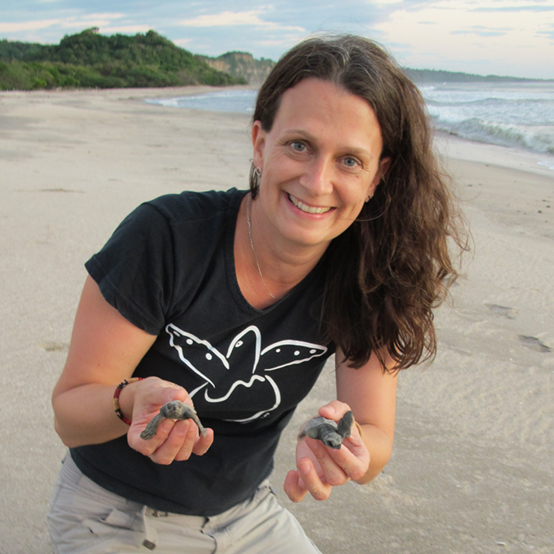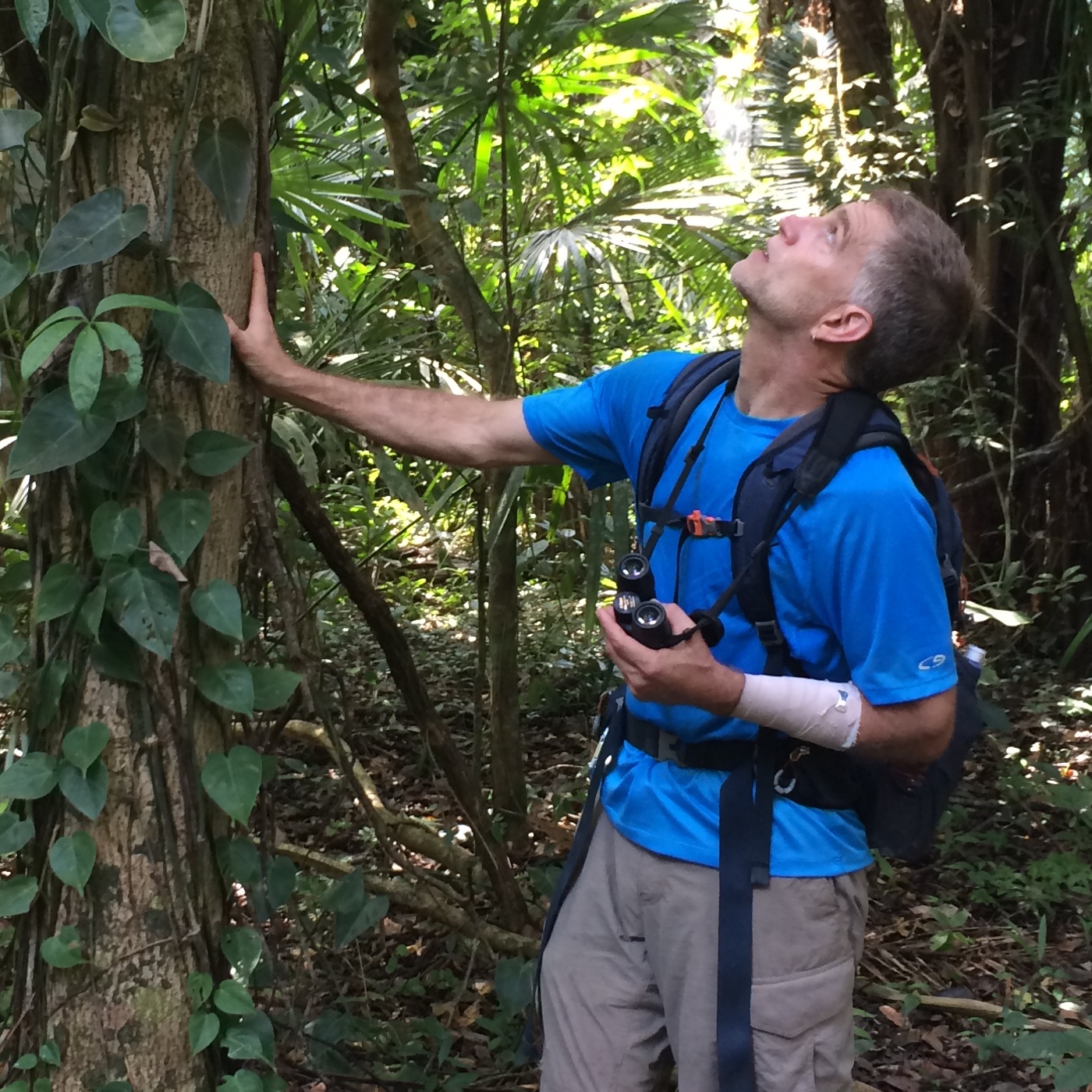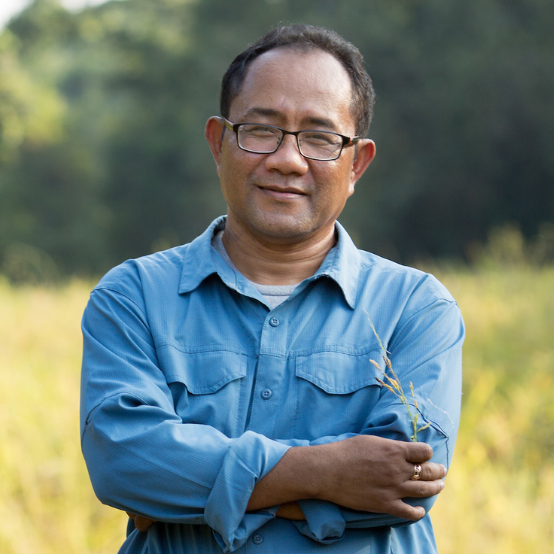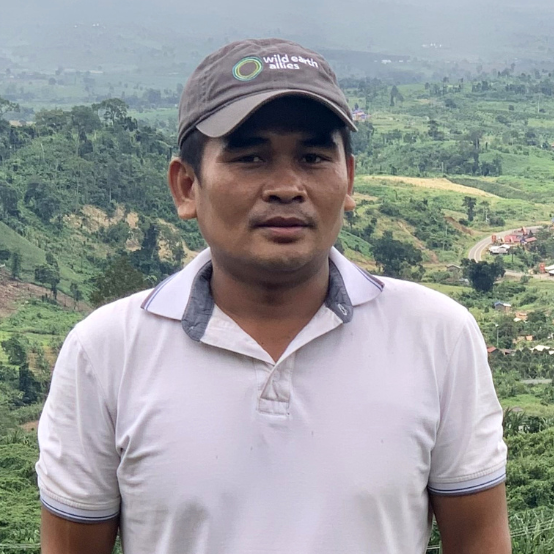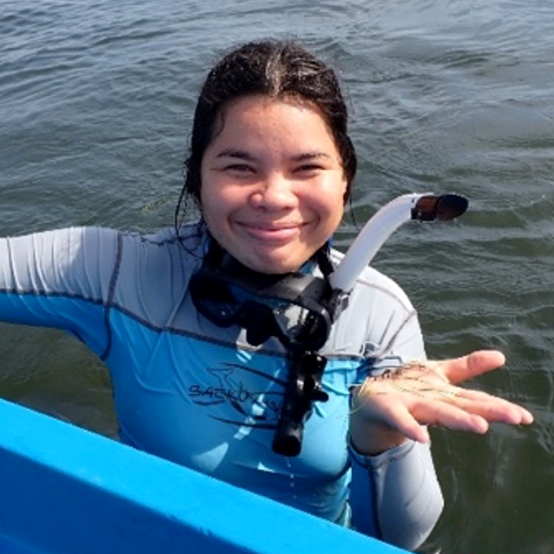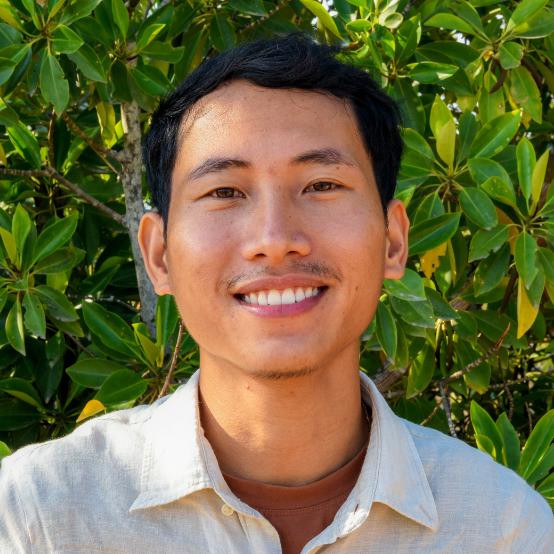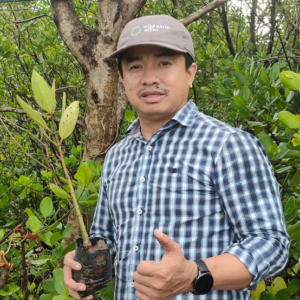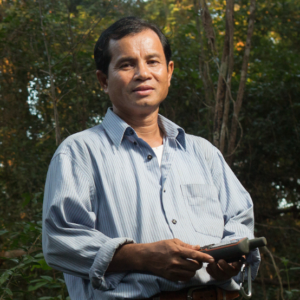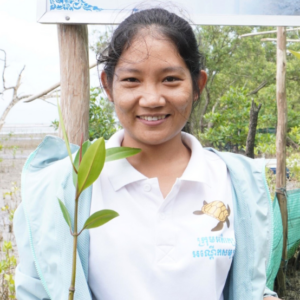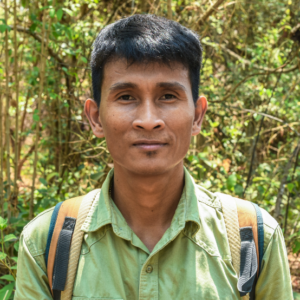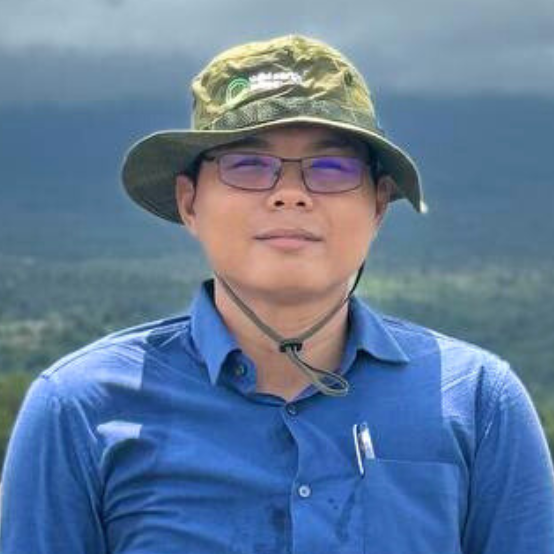Asian Elephants
Wild Earth Allies protects Asian elephants in Cambodia to help nature and people flourish.
Across their range, Asian elephants are endangered due to conflict with people as well as habitat loss and fragmentation. Protecting Cambodia’s forests is essential to their survival. Wild Earth Allies works with government and community partners to conserve elephants in ways that enhance local livelihoods.
Asian elephants are keystone species that play an important role in threatened ecosystems.
Where We Work
We protect Asian elephants in two globally important forests, Prey Lang Wildlife Sanctuary and the Cardamom Mountains, covering 1.8 million acres.
Prey Lang Wildlife Sanctuary
Prey Lang Wildlife Sanctuary is Cambodia’s largest protected area. Its vital forests are home to 55 threatened species, including Asian elephants. The landscape is also part of the ancestral home of the Indigenous Kuy people, whose livelihoods and culture are deeply interconnected with the forest. Prey Lang’s biodiversity is at risk due to changes in land use and unsustainable practices.
Cardamom Mountains
The Cardamom Mountains host one of Cambodia’s core elephant populations, estimated at 175 individuals. As one of Southeast Asia’s largest remaining forested landscapes, the Cardamoms are key to the regional recovery of Asian elephants. In the Cardamoms, human-elephant conflict is a crucial conservation issue.
How We Protect Asian Elephants and Their Habitats
Together with community, NGO, and government partners, we focus on the following Asian elephant conservation programs:
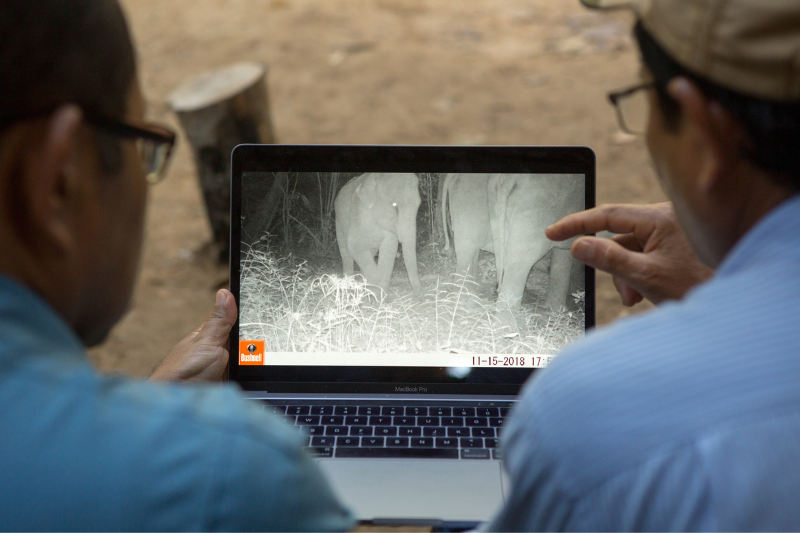
Elephant Monitoring and Research
Our elephant monitoring and research efforts include motion-triggered cameras, field surveys, and collaborating with communities and rangers on habitat protection. Together, these tools and actions help us better understand and safeguard elephant populations.
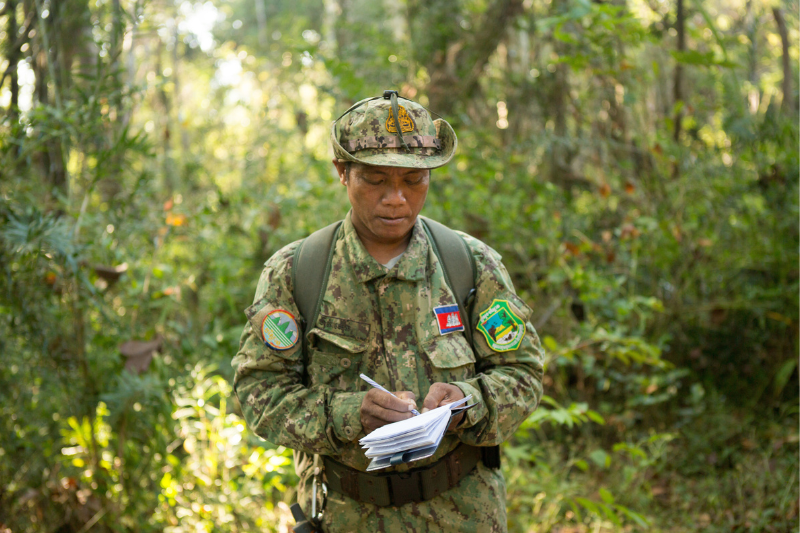
Protected Area Management
We train rangers and build infrastructure such as ranger substations to improve protected area management. We also share our monitoring data with government partners. The data helps tackle illegal activities linked to biodiversity loss and informs conservation zoning decisions
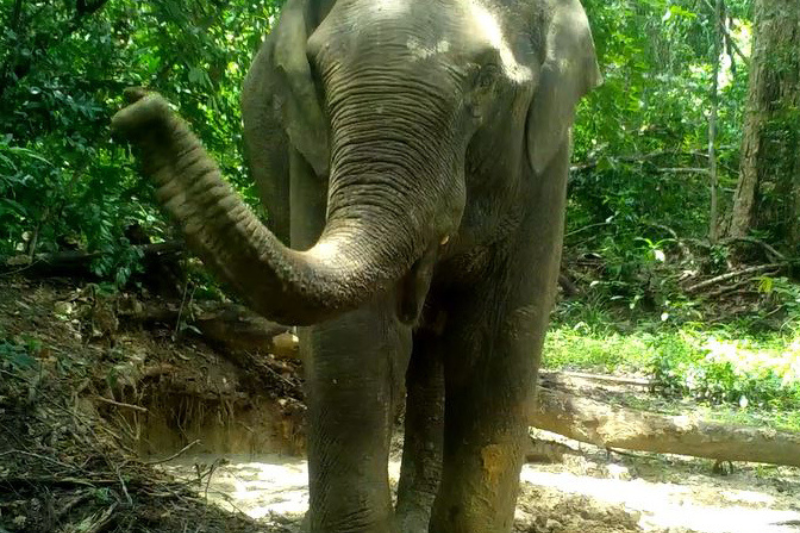
Human-Elephant Coexistence
In the Cardamom Mountains, communities often face conflict with elephants. When elephants raid crops, farmers lose essential food and income and may retaliate in anger. We provide communities with tools and training to protect their crops and coexist with elephants.
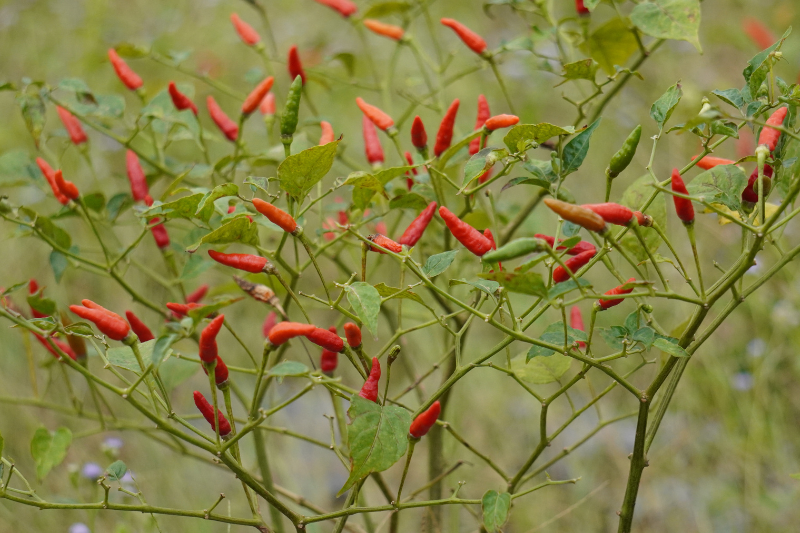
Sustainable Livelihoods
We work with Cardamom communities to boost livelihoods in elephant-friendly ways. We help farmers plant crops disliked by elephants, such as chili peppers. This approach reduces elephant crop-raiding, creates a sustainable source of income, and improves peaceful coexistence.
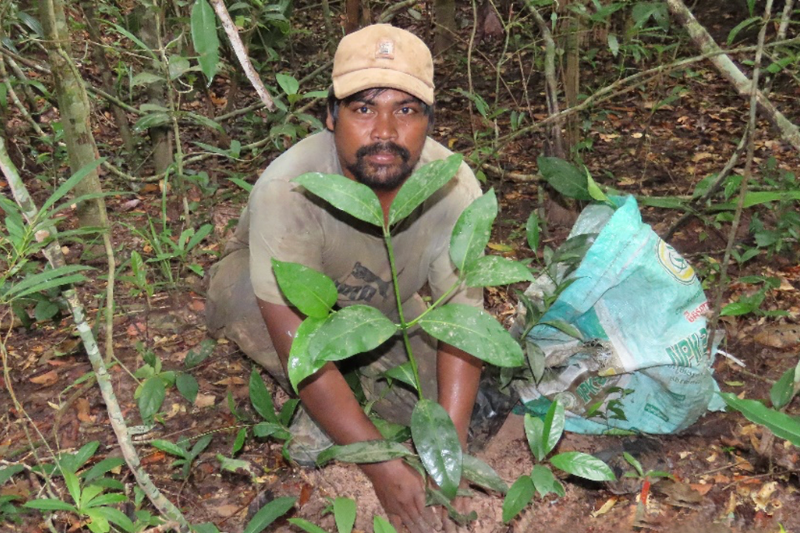
Elephant Habitat Restoration
Our Elephant Trees project restores degraded habitat in Prey Lang Wildlife Sanctuary. We collect seeds from Asian elephant dung and grow them in a nursery alongside other native tree seedlings. The trees benefit both elephants and Indigenous Kuy communities.
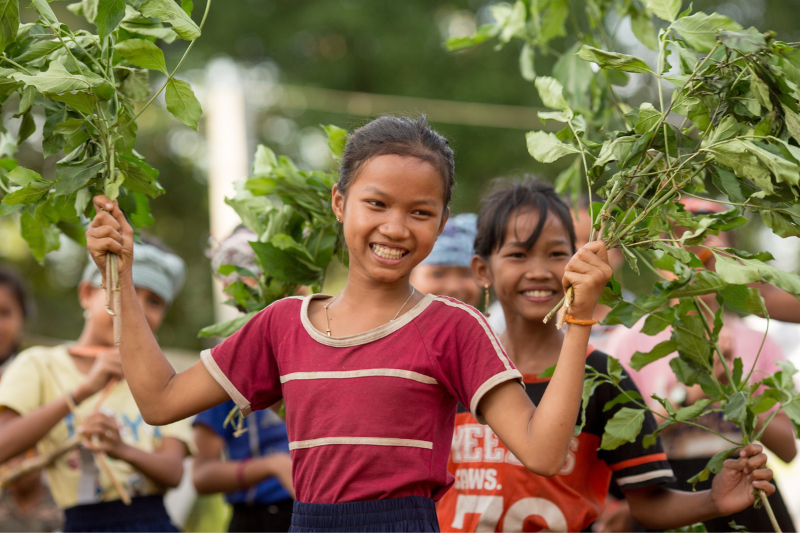
Environmental Education
We work with communities to raise awareness about Asian elephants. We share educational materials in primary schools and villages, provide resources on human-elephant coexistence, and collaborate on public outreach such as the Zero Snaring Campaign.
Our Leadership
Our Cambodia Program Director, Tuy Sereivathana (Vathana), leads our Asian elephant conservation programs. A Goldman Environmental Prize winner, National Geographic Explorer, and member of the IUCN SSC Asian Elephant Specialist Group, Vathana builds on 20+ years of community-based elephant conservation. His strong team includes Program Manager Neang Thy, a leading field biologist who has discovered several new species.
Watch our award-winning film Uncle Elephant to learn about Vathana’s dedication to protecting Cambodia’s elephants in ways that improve human well-being.
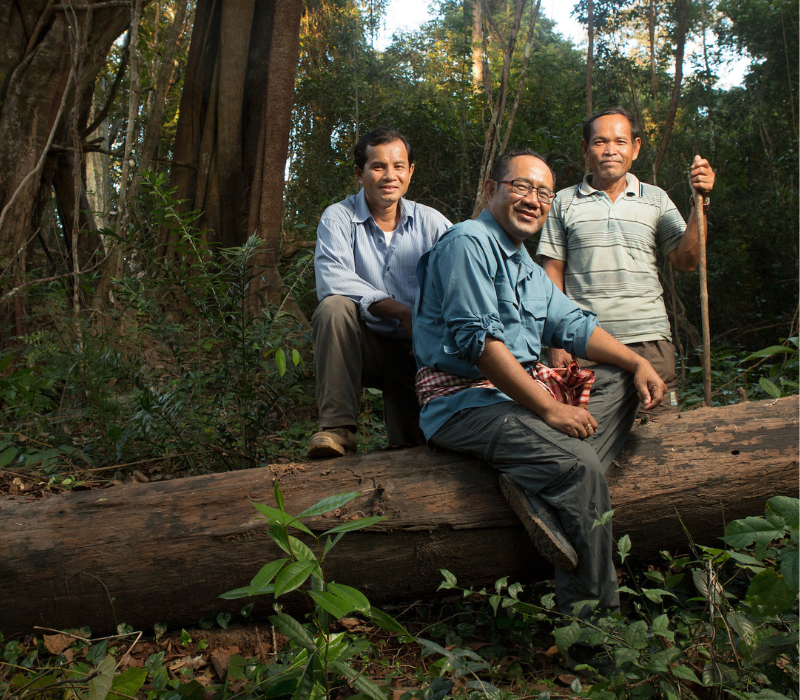
Related Content
- Prize Winners Today: Cambodian Elephant Conservation with Sereivathana Tuy
- Interview with Neang Thy of Wild Earth Allies
- Study: Using camera traps to assess the population, salt lick feeding ecology, and behavior of Asian elephants in Prey Lang Wildlife Sanctuary
- Study: Elephant diet and the role of seed dispersal by Asian elephants in Prey Lang Wildlife Sanctuary




